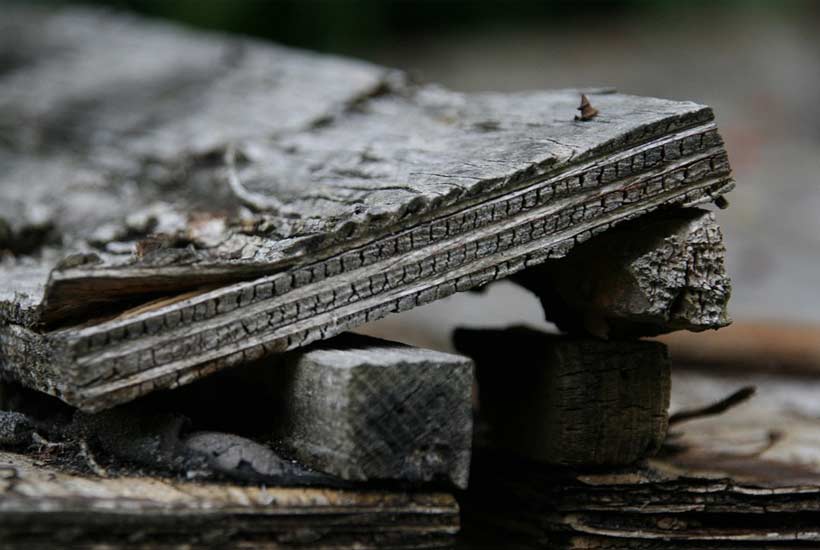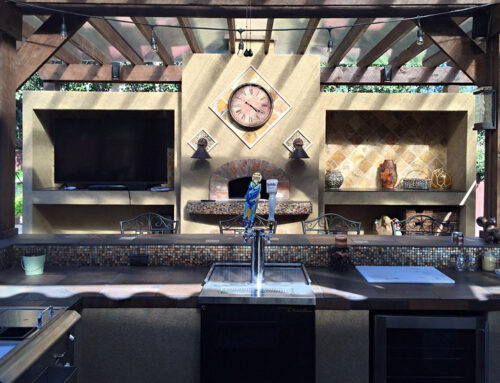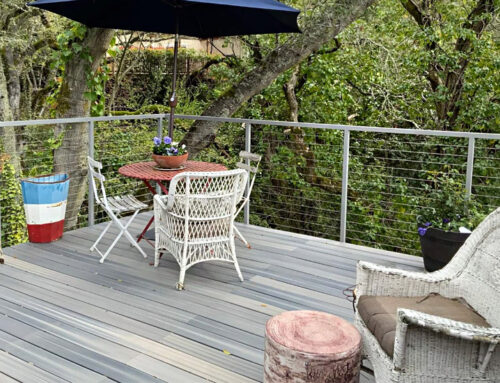Decks are rarely as structurally sound or as well-maintained as the houses that they are attached to. There are some good reasons to be skeptical about the safety of a deck. Building codes have only caught up on stronger requirements for decks in the past few years, and as they are exposed to the weather all of the time, they decay. In fact, the Consumer Product Safety Commission has found that half of the decks in the United States are 15 years or older, which is longer than they are intended to last. If you have a deck, and especially if it is old, it is wise to know the warning signs that it may need repairs to be safe.
1. Loose or Protruding Fasteners
Nails, screws and staples in your deck should all be sunk into the wood. Protruding fasteners can catch on people and either cut them or create a fall. Loose or bent fasteners may also be a sign that the deck is warped or straining under weight, both of which are cause for concern.
2. Rusting Fasteners
Rusted fasteners may also create unsafe conditions. Rusting ruins the integrity of the metal, so they may break down completely. Any rusting fasteners should be replaced. And, if many of the fasteners have rusted, you might also consider that the deck is very old and may have more problems.
3. Rotting Wood
When you walk across the deck, if you feel springiness, you should step back. A weakness or softness in the wood is a sign of rot. If a board on your deck has wood rot, whether it’s the dry kind or not, then it may have spread into the supportive wood beneath the deck. Rot can cause the whole deck to collapse.
4. Cracked Wood
Large cracks in the wood may be a sign of dry rot, or they may simply be the result of aging. Either way, large cracks can reduce the strength of the deck, potentially causing a collapse. If the cracks are on the top of the board, they may also create an uneven surface that may trip people. All wood with major cracks should be replaced.
5. No Railing
Decks that do not have railings are unsafe because you may fall off them to the ground. This can be especially perilous for children and the elderly, but anyone is in danger on a deck without a railing. Not all decks are tall enough that they need railings, but any deck with a 30 inch or larger drop to the ground should have one.
6. Railing Issues
If your deck has a railing, great. What’s it’s quality like? If they were poorly constructed, or if they have been used a lot, a railing post may give under pressure. This isn’t safe and should be corrected before the railing breaks or causes so much stress to the deck by moving that it breaks.
The railing cables or rails should also be in good condition without sags, breaks, or any warping. All of these problems warrant replacing the cable, rail, or the entire railing system.






